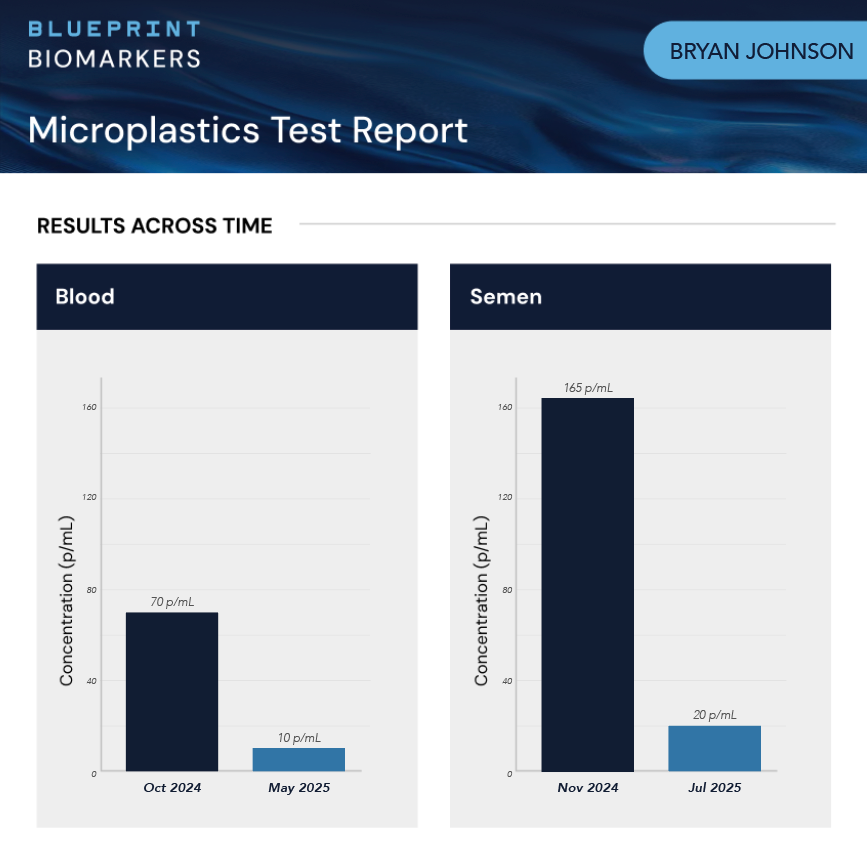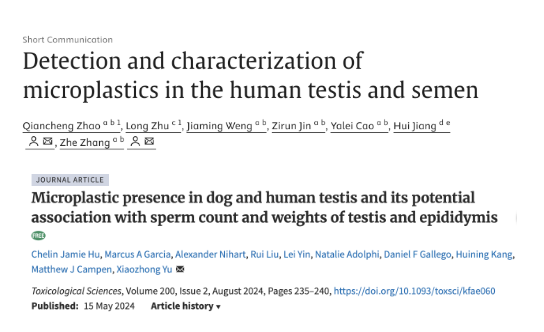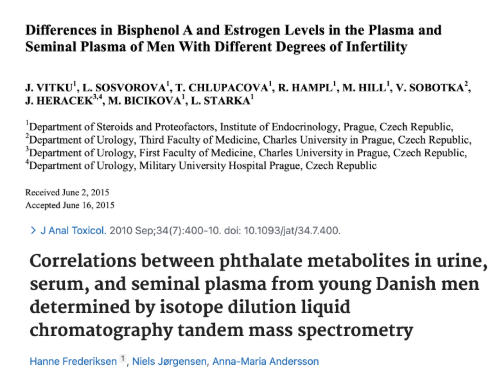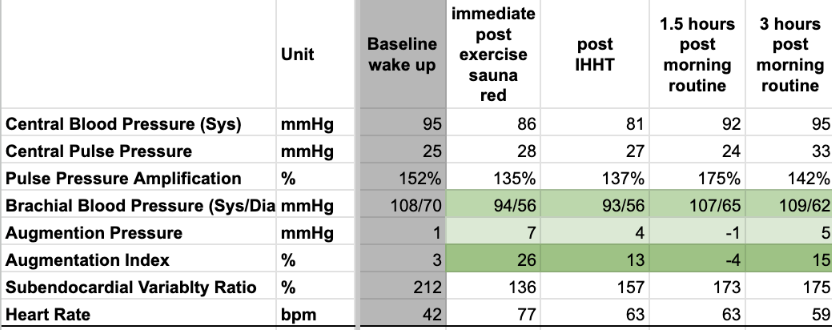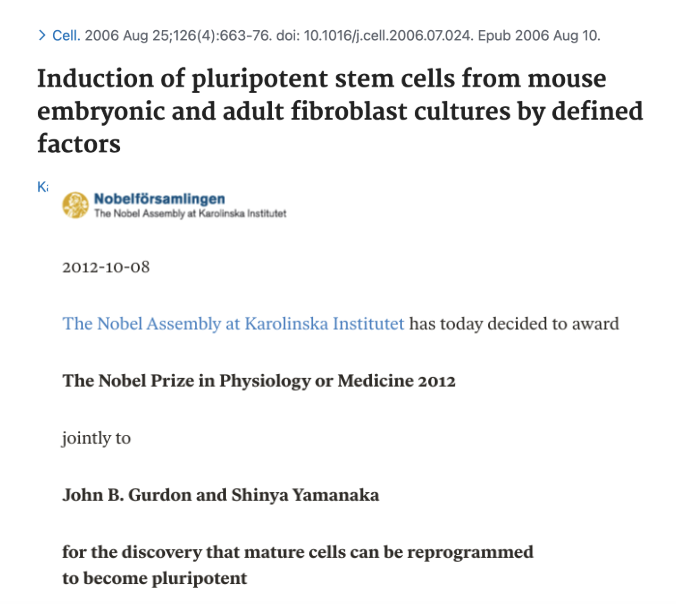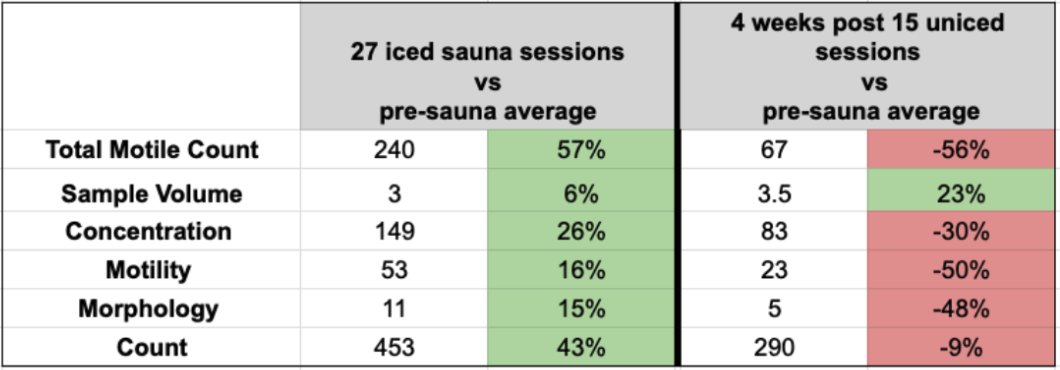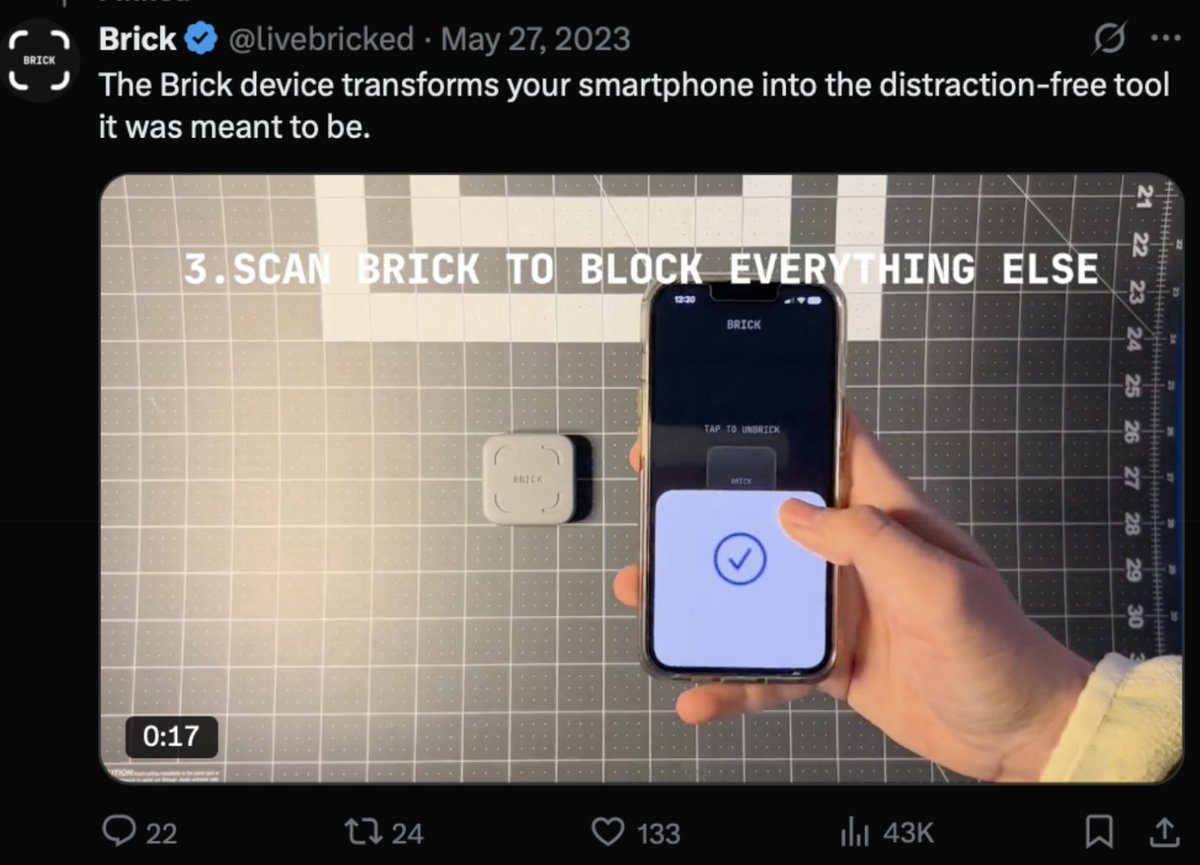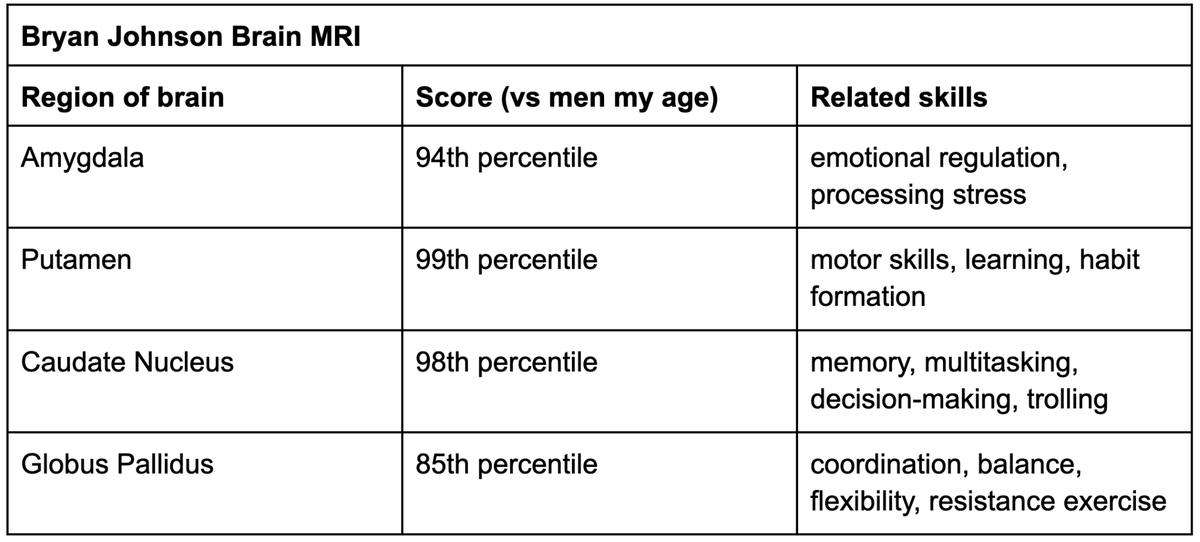I'm exploring magic mushrooms as a longevity therapy.
Sunday was my first dose: 4.67 grams of dried Psilocybe cubensis (B+ strain), containing 24.98 mg of psilocybin.
Here is an overview of the current scientific evidence:
Longevity
Psilocybin extended lifespan in mice and preserved telomeres in human cells, first evidence linking psychedelics to longevity.
Inflammation
A single psilocybin dose reduced TNF-α, CRP, and IL-6. Systemic inflammation markers tied to aging.
Neuroplasticity
Psilocybin increases brain entropy, breaks rigid patterns, and boosts long term cognition and flexibility.
Clinical outcomes
Psilocybin activates 5-HT2A receptors to reduce neuroinflammation, protect neurons, and may slow neurodegeneration.
Gut-brain axis
Psilocybin may reshape the gut microbiome. Potentially influencing serotonin, immunity, and mood.
Sexual health
Two studies show psilocybin improved sexual satisfaction and communication in people with depression.
More detailed explanations are below.
Sunday was my first dose: 4.67 grams of dried Psilocybe cubensis (B+ strain), containing 24.98 mg of psilocybin.
Here is an overview of the current scientific evidence:
Longevity
Psilocybin extended lifespan in mice and preserved telomeres in human cells, first evidence linking psychedelics to longevity.
Inflammation
A single psilocybin dose reduced TNF-α, CRP, and IL-6. Systemic inflammation markers tied to aging.
Neuroplasticity
Psilocybin increases brain entropy, breaks rigid patterns, and boosts long term cognition and flexibility.
Clinical outcomes
Psilocybin activates 5-HT2A receptors to reduce neuroinflammation, protect neurons, and may slow neurodegeneration.
Gut-brain axis
Psilocybin may reshape the gut microbiome. Potentially influencing serotonin, immunity, and mood.
Sexual health
Two studies show psilocybin improved sexual satisfaction and communication in people with depression.
More detailed explanations are below.

1/ Evidence of psilocybin extending mammalian lifespan (mice) and cellular lifespan (human fibroblasts in cell culture).
Psilocin, the active metabolite of psilocybin, has been shown to preserve telomere length, prevent attrition, and increase replicative lifespan in human fibroblasts in cell culture. The same study reported that psilocybin reversed senescence markers and extended the remaining lifespan in old mice.
In human fibroblasts in culture: treated with 100µM psilocin (the active metabolite of psilocybin)
+ Increased Doubling Divisions: 29% and 51% increase in doubling divisions with 10µM and 100µM psilocin, respectively, with no signs of carcinogenicity (no immortalization; all cells eventually ceased dividing).
+ Telomere Length Restoration: Over 50% increase in telomere length compared to control in aged cells.
+ Reduced Senescence Markers: Over 40% reduction in the key senescence marker B-Gal in aged fibroblasts, along with cell-cycle arrest markers p16 and p21.
+ Upregulated Gene Expression: Upregulation of DNA repair and anti-oxidant gene expression (Sirt1, PCNA, Nrf2), and a dose-dependent decrease in reactive oxygen species (ROS).
While more evidence is needed as these markers for cellular longevity in human cells do not necessarily translate to in-vivo gains in humans, the authors also provided another compelling piece of evidence: lifespan extension in older mice.
In mice: monthly dose of 15mg/kg (equivalent to a human dose of 25mg, after multi-factor adjustment)
+ 30% Increase in Survival Odds to Very Old Age: Starting at 19 months (the mouse equivalent of 65 human years), a once-monthly oral dose of 15mg/kg (equivalent to a high human dose of 25mg) increased the odds of surviving up to 28 months (equivalent to 80+ years in humans) from 50% to 80%.
+ Healthspan Hints: Treated mice maintained sleeker coats and regrew fur with fewer white hairs. Hair regrowth and pigmentation are common proxies in longevity research, offering an early hint of a general increase in health and vitality alongside lifespan gains.
Psilocin, the active metabolite of psilocybin, has been shown to preserve telomere length, prevent attrition, and increase replicative lifespan in human fibroblasts in cell culture. The same study reported that psilocybin reversed senescence markers and extended the remaining lifespan in old mice.
In human fibroblasts in culture: treated with 100µM psilocin (the active metabolite of psilocybin)
+ Increased Doubling Divisions: 29% and 51% increase in doubling divisions with 10µM and 100µM psilocin, respectively, with no signs of carcinogenicity (no immortalization; all cells eventually ceased dividing).
+ Telomere Length Restoration: Over 50% increase in telomere length compared to control in aged cells.
+ Reduced Senescence Markers: Over 40% reduction in the key senescence marker B-Gal in aged fibroblasts, along with cell-cycle arrest markers p16 and p21.
+ Upregulated Gene Expression: Upregulation of DNA repair and anti-oxidant gene expression (Sirt1, PCNA, Nrf2), and a dose-dependent decrease in reactive oxygen species (ROS).
While more evidence is needed as these markers for cellular longevity in human cells do not necessarily translate to in-vivo gains in humans, the authors also provided another compelling piece of evidence: lifespan extension in older mice.
In mice: monthly dose of 15mg/kg (equivalent to a human dose of 25mg, after multi-factor adjustment)
+ 30% Increase in Survival Odds to Very Old Age: Starting at 19 months (the mouse equivalent of 65 human years), a once-monthly oral dose of 15mg/kg (equivalent to a high human dose of 25mg) increased the odds of surviving up to 28 months (equivalent to 80+ years in humans) from 50% to 80%.
+ Healthspan Hints: Treated mice maintained sleeker coats and regrew fur with fewer white hairs. Hair regrowth and pigmentation are common proxies in longevity research, offering an early hint of a general increase in health and vitality alongside lifespan gains.

2/ Single-dose psilocybin acutely and persistently reduces systemic inflammation markers in humans, and in human intestine 3D organoids.
A clinical trial involving 60 healthy participants (30 psilocybin, 30 placebo) demonstrated that a single, relatively high dose (0.17mg/kg) of psilocybin led to immediate reductions in TNF-alpha, with further reductions in CRP and IL-6 observed seven days post-dosing.
In an intestinal 3D culture model, used for studying inflammatory bowel diseases, psilocybin treatments (10 and 20 µM) reduced the pro-inflammatory markers TNF-a, INF, IL-6, and IL-8.
Psychedelics including psilocybin, LSD, and DMT all mitigate neuroinflammation by activating the 5-HT2A receptors leading to a decrease in pro-inflammatory cytokines, microglial modulation and a shift from neurotoxic to neuroprotective metabolites.
A clinical trial involving 60 healthy participants (30 psilocybin, 30 placebo) demonstrated that a single, relatively high dose (0.17mg/kg) of psilocybin led to immediate reductions in TNF-alpha, with further reductions in CRP and IL-6 observed seven days post-dosing.
In an intestinal 3D culture model, used for studying inflammatory bowel diseases, psilocybin treatments (10 and 20 µM) reduced the pro-inflammatory markers TNF-a, INF, IL-6, and IL-8.
Psychedelics including psilocybin, LSD, and DMT all mitigate neuroinflammation by activating the 5-HT2A receptors leading to a decrease in pro-inflammatory cytokines, microglial modulation and a shift from neurotoxic to neuroprotective metabolites.

3/ Psilocybin promotes temporary brain entropy and desynchronisation, improving cognition and mental health by dislodging existing patterns and opening the brain to new learnings.
A study with 28 healthy participants who had no prior psychedelic experience showed that a single high dose of psilocybin increased brain entropy after 1 and 2 hours. This entropic effect predicted long-term structural and functional brain changes, improved well-being, and enhanced cognitive flexibility at 1 month. Participants also reported higher psychological insight and well-being at 2 weeks and 1 month.
The same dose also disrupted the brain's functional connectivity by desynchronizing the default mode network (DMN) and its connection to the hippocampus—an effect three times greater than that of methylphenidate. MRI tracking revealed lasting reductions in hippocampus-DMN connectivity for weeks post-psilocybin. The DMN is believed to shape our sense of self, space, and time, and its desynchronization correlated with the subjective psychedelic experience. This functional disruption in the hippocampus-DMN may explain the brain plasticity observed with high-dose psilocybin and similar psychedelics.
Earlier reports also support cortex-wide entropic effects from psychedelic 5HTA2 agonism, the same receptor type bound and activated by psilocin (psilocybin active metabolite), DMT, and LSD.
A study with 28 healthy participants who had no prior psychedelic experience showed that a single high dose of psilocybin increased brain entropy after 1 and 2 hours. This entropic effect predicted long-term structural and functional brain changes, improved well-being, and enhanced cognitive flexibility at 1 month. Participants also reported higher psychological insight and well-being at 2 weeks and 1 month.
The same dose also disrupted the brain's functional connectivity by desynchronizing the default mode network (DMN) and its connection to the hippocampus—an effect three times greater than that of methylphenidate. MRI tracking revealed lasting reductions in hippocampus-DMN connectivity for weeks post-psilocybin. The DMN is believed to shape our sense of self, space, and time, and its desynchronization correlated with the subjective psychedelic experience. This functional disruption in the hippocampus-DMN may explain the brain plasticity observed with high-dose psilocybin and similar psychedelics.
Earlier reports also support cortex-wide entropic effects from psychedelic 5HTA2 agonism, the same receptor type bound and activated by psilocin (psilocybin active metabolite), DMT, and LSD.

4/ Disruption of default patterns and increased neuroplasticity lead to powerful clinical effects, breaking up mental patterns related to addiction, anxiety, and depression.
A high dose of psilocybin (0.215mg/kg) significantly reduced depression severity in a placebo-controlled, double-blind trial of 52 participants with major depressive disorder. Two weeks post-dosing, 54% of participants met remission criteria, a notable improvement compared to only 12% in the placebo group.
Similarly, a landmark study on patients with advanced cancer demonstrated a significant reduction in anxiety symptoms using a 0.2mg/kg dose. Multiple meta-analyses further support psilocybin's effectiveness in alleviating both depression and anxiety symptoms.
In a remarkable study involving long-term smokers, a combination of two to three psilocybin sessions with cognitive-behavioral therapy resulted in an astonishing 80% confirmed abstinence rate at 6 months. This quit rate far surpasses those typically seen in conventional smoking-cessation treatments, which often achieve 20–35% at 6 months. Even at 12 months, approximately 67% remained smoke-free, and 60% at 2.5 years, indicating a lasting impact on addictive behavior.
Comparable effects were observed with alcohol addiction. A randomized clinical trial with 95 participants showed a substantial decrease in heavy drinking following two 25mg psilocybin sessions. During a 32-week follow-up, heavy drinking days occurred on only 9.7% of days with psilocybin treatment, compared to 23.6% with placebo, representing a relative decrease of 59%.
A high dose of psilocybin (0.215mg/kg) significantly reduced depression severity in a placebo-controlled, double-blind trial of 52 participants with major depressive disorder. Two weeks post-dosing, 54% of participants met remission criteria, a notable improvement compared to only 12% in the placebo group.
Similarly, a landmark study on patients with advanced cancer demonstrated a significant reduction in anxiety symptoms using a 0.2mg/kg dose. Multiple meta-analyses further support psilocybin's effectiveness in alleviating both depression and anxiety symptoms.
In a remarkable study involving long-term smokers, a combination of two to three psilocybin sessions with cognitive-behavioral therapy resulted in an astonishing 80% confirmed abstinence rate at 6 months. This quit rate far surpasses those typically seen in conventional smoking-cessation treatments, which often achieve 20–35% at 6 months. Even at 12 months, approximately 67% remained smoke-free, and 60% at 2.5 years, indicating a lasting impact on addictive behavior.
Comparable effects were observed with alcohol addiction. A randomized clinical trial with 95 participants showed a substantial decrease in heavy drinking following two 25mg psilocybin sessions. During a 32-week follow-up, heavy drinking days occurred on only 9.7% of days with psilocybin treatment, compared to 23.6% with placebo, representing a relative decrease of 59%.

5/ Plausible connections between psychedelics, including psilocybin, and gut microbiome health.
A significant interplay between psychedelics and the gut microbiome has been suggested, based on the effects of gut bacteria on serotonin (5HT) biosynthesis in the gut and the gut-brain axis, as well as the potential effects of psychedelics on the gut microbiota. The latter is especially true for orally ingested high-dose psilocybin (in its native dried mushroom form), which directly interacts with and possibly alters the gut microbiome during its passage through the digestive tract.
One study in mice suggested that chronic psilocybin dosing improved social behavior in a mouse model of OCD. Psilocybin also altered the gut microbiome in these mice, specifically by reducing lactobacilli abundance. These effects were limited to male mice in a KO disease model, and any causative link between microbiome changes and behavioral improvements should be investigated in future research.
A significant interplay between psychedelics and the gut microbiome has been suggested, based on the effects of gut bacteria on serotonin (5HT) biosynthesis in the gut and the gut-brain axis, as well as the potential effects of psychedelics on the gut microbiota. The latter is especially true for orally ingested high-dose psilocybin (in its native dried mushroom form), which directly interacts with and possibly alters the gut microbiome during its passage through the digestive tract.
One study in mice suggested that chronic psilocybin dosing improved social behavior in a mouse model of OCD. Psilocybin also altered the gut microbiome in these mice, specifically by reducing lactobacilli abundance. These effects were limited to male mice in a KO disease model, and any causative link between microbiome changes and behavioral improvements should be investigated in future research.

6/ Cognitive and neuroprotective benefits of psilocybin and similar psychedelics
Some conceptual models suggest psilocybin may counteract neurodegeneration and Alzheimer's disease. This is attributed to its 5HT2A activation, which is believed to increase neural plasticity, reduce inflammation, and enhance cognitive functions such as creativity, cognitive flexibility, and facial recognition.
Additionally, early in-vitro research has indicated that DMT, a psychedelic with a mechanism comparable to psilocybin, might protect human iPSC-derived neurons and microglia in cell culture from hypoxia. This effect is thought to be mediated by Sigma-1 receptor activation, a mechanism also associated with psilocin.
Psilocybin also showed a protective effect in a rat model of stroke, reducing the area of damage (infarct volume) plausibly by promoting BDNF secretion and signalling.
Some conceptual models suggest psilocybin may counteract neurodegeneration and Alzheimer's disease. This is attributed to its 5HT2A activation, which is believed to increase neural plasticity, reduce inflammation, and enhance cognitive functions such as creativity, cognitive flexibility, and facial recognition.
Additionally, early in-vitro research has indicated that DMT, a psychedelic with a mechanism comparable to psilocybin, might protect human iPSC-derived neurons and microglia in cell culture from hypoxia. This effect is thought to be mediated by Sigma-1 receptor activation, a mechanism also associated with psilocin.
Psilocybin also showed a protective effect in a rat model of stroke, reducing the area of damage (infarct volume) plausibly by promoting BDNF secretion and signalling.

7/ Psilocybin experience improves sexual function in the context of depression
Two studies explored the impact of psilocybin on sexual function. The first study observed improvements in subjective sexual function parameters in 261 participants 4-6 weeks after a "naturalistic" psychedelic experience.
The follow-up study was a small, placebo-controlled randomized clinical trial involving 59 participants with depression. Thirty participants received two 25mg doses of psilocybin, while 29 received a 1mg control dose in addition to daily escitalopram. Participants in the psilocybin group reported greater improvements in subjective sexual pleasure, communication, and satisfaction compared to those receiving escitalopram.
Two studies investigated psilocybin's effect on sexual function. The first study found that 261 participants reported improved subjective sexual function 4-6 weeks after a "naturalistic" psychedelic experience.
The follow-up was a small, placebo-controlled randomized clinical trial with 59 depressed participants. Thirty received two 25mg doses of psilocybin, while 29 received a 1mg control dose in addition to daily escitalopram. The psilocybin group reported greater improvements in subjective sexual pleasure, communication, and satisfaction compared to those on escitalopram.
Two studies explored the impact of psilocybin on sexual function. The first study observed improvements in subjective sexual function parameters in 261 participants 4-6 weeks after a "naturalistic" psychedelic experience.
The follow-up study was a small, placebo-controlled randomized clinical trial involving 59 participants with depression. Thirty participants received two 25mg doses of psilocybin, while 29 received a 1mg control dose in addition to daily escitalopram. Participants in the psilocybin group reported greater improvements in subjective sexual pleasure, communication, and satisfaction compared to those receiving escitalopram.
Two studies investigated psilocybin's effect on sexual function. The first study found that 261 participants reported improved subjective sexual function 4-6 weeks after a "naturalistic" psychedelic experience.
The follow-up was a small, placebo-controlled randomized clinical trial with 59 depressed participants. Thirty received two 25mg doses of psilocybin, while 29 received a 1mg control dose in addition to daily escitalopram. The psilocybin group reported greater improvements in subjective sexual pleasure, communication, and satisfaction compared to those on escitalopram.

• • •
Missing some Tweet in this thread? You can try to
force a refresh


